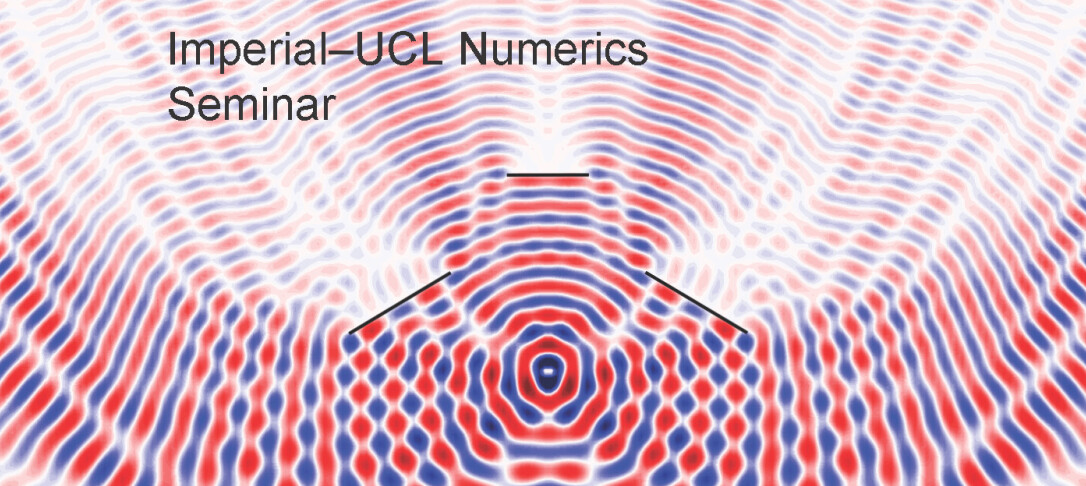
Semiclassical methods in high frequency numerical scattering: non-uniform meshes defined by ray-dynamics
Abstract: Over the past decade, we have used methods from semiclassical analysis to prove a number of results about the analysis of numerical algorithms for high frequency wave scattering. As a case study, I will discuss one of the most classical ways to numerically approximate the solution to high frequency scattering problems — the finite element method (FEM). In this method, one typically uses piecewise polynomials of some fixed degree p and a mesh-width h to approximate the solution. The fundamental questions is then: how should h be chosen (as a function of the frequency, k) so that the error in the numerical solution is small?
It has been known since the seminal work of Babuska and Ihlenberg that the natural conjecture of hk\ll 1 is not sufficient. Instead, one must require that (hk)^{2p} \rho(k)\ll 1 to maintain constant relative error, where \rho(k) is the norm of the relevant resolvent. In this talk, we will show that this condition can be substantially weakened by using a non-uniform mesh which takes advantage of the fact that errors are concentrated in some regions rather than others.